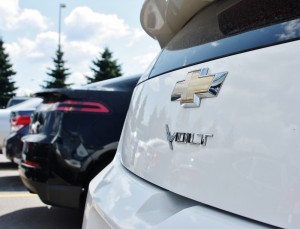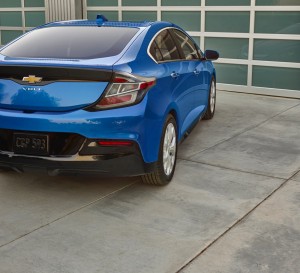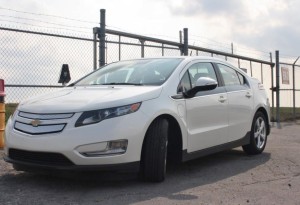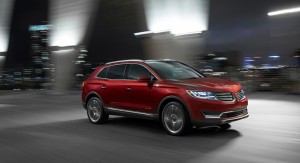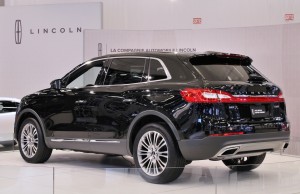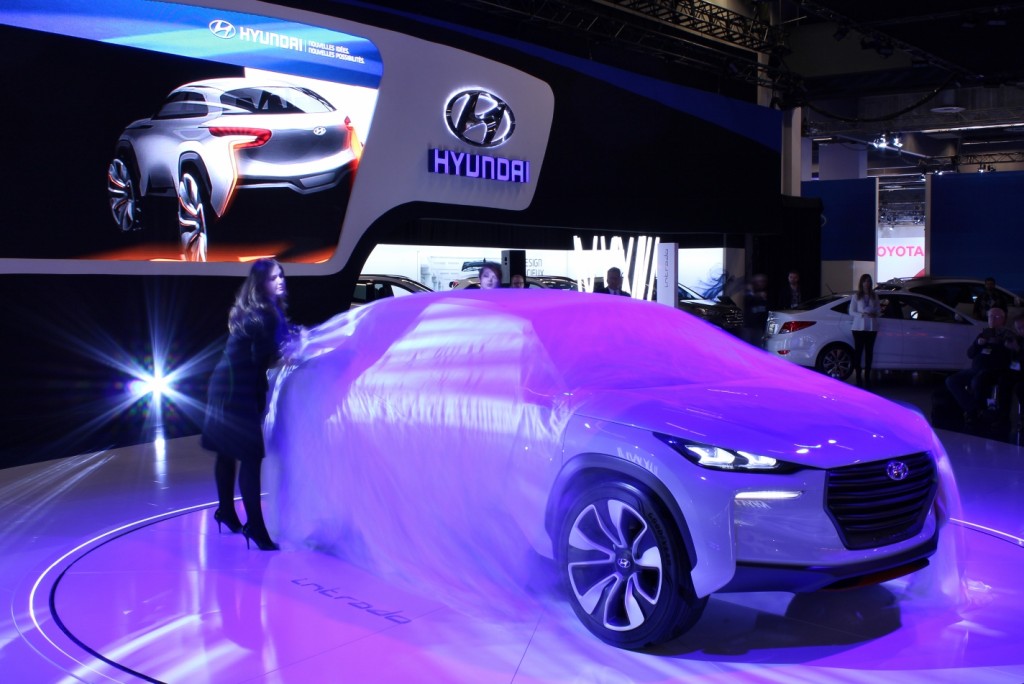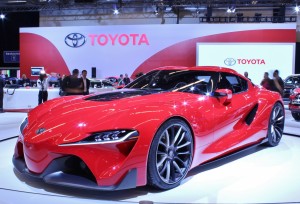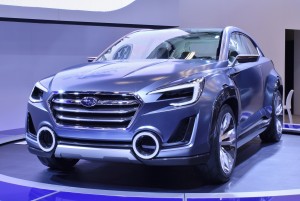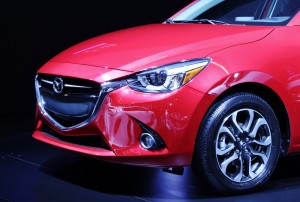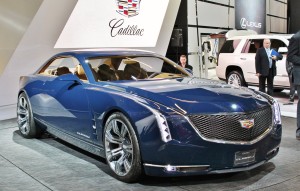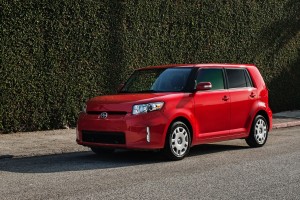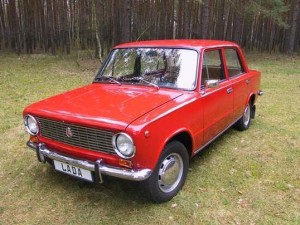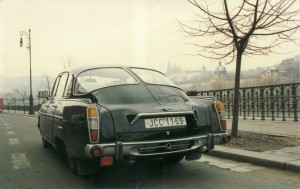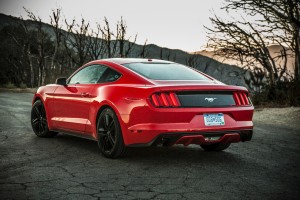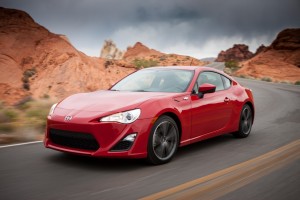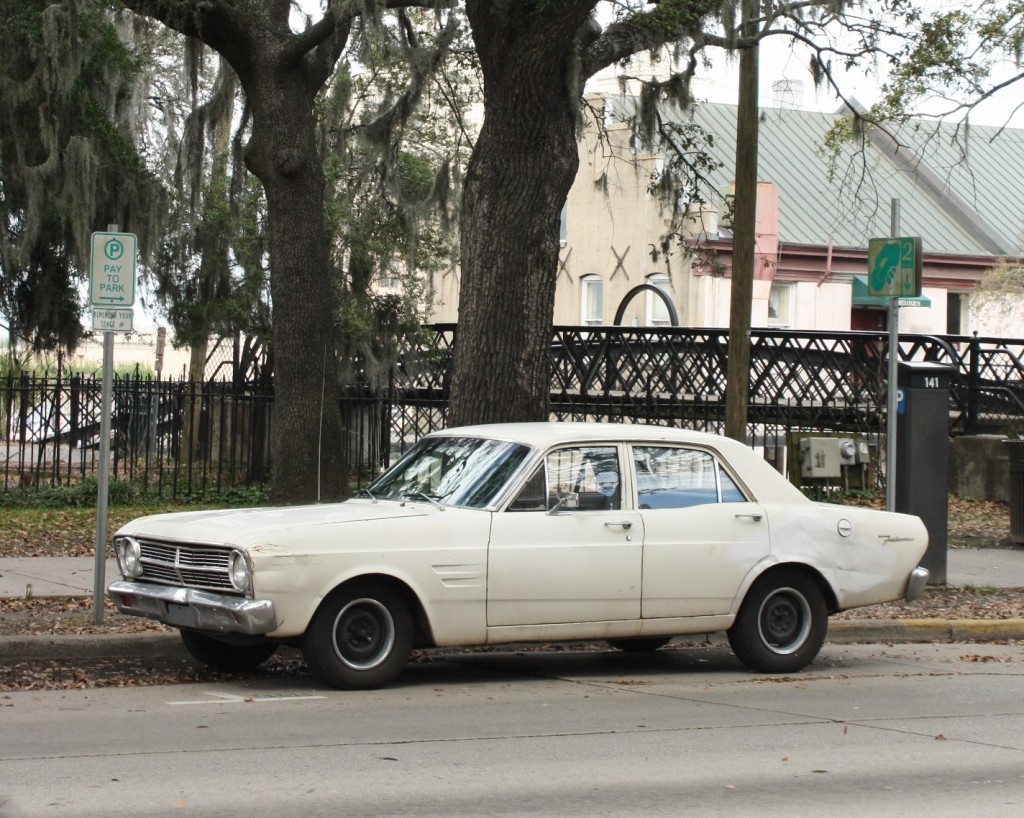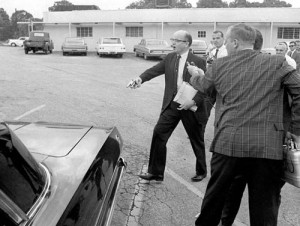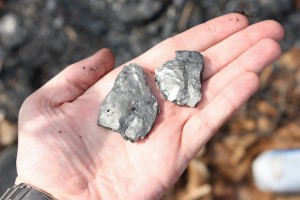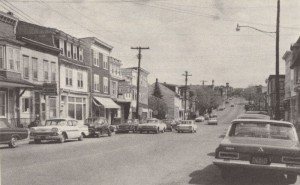Rough road ahead for Chevy Volt ‘2.0’ ?
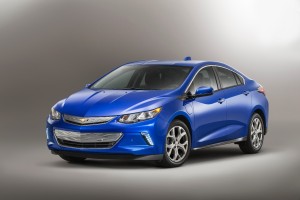
Featuring a longer range and new styling, the 2016 Chevy Volt goes on sale in the latter half of 2015 (Image: General Motors)
The next-generation Chevrolet Volt has been revealed, and yes, it does look a lot like a 2013 Honda Civic (with a bit of Acura TL thrown in).
With that admission out of the way, let’s explore the car itself, and the challenges it faces in today’s market.
Chevy’s ground breaking Volt, first sold in the U.S. in late 2010, showed car buyers that a middle ground could exist between hybrids and full-electric vehicles – one that prevented range anxiety while still being as green as the owner wanted.
Unusually proportioned at release, the Volt’s design quickly aged, and its exclusivity eroded as competitors began emerging in the form of plug-in hybrids and new EVs.
While Tesla’s Model S has since provided the market with a truly viable long-range EV, newer plug-ins took the hybrid concept and added a longer all-electric range (via a larger battery pack).
The Volt, which offered about 40 miles (65 km) of all-electric range, sort of split the difference between the plug-in hybrids and lower-end EVs like the Nissan Leaf.
But the market has proven a tough one – for hybrids and EVs. Sales targets for vehicles like the Volt (as well as market share predictions for EVs) didn’t materialize, even though high gas prices accompanied the Volt’s introduction in late 2010 and continued until the latter half of 2014.
Sales figures show a marked drop in Volt sales in 2014 (18,805 U.S. sales) when compared to the two previous years (23,461 and 23,094 in 2012 and 2013, respectively).
The Volt’s declining fortunes in 2014 could be attributed to a number of factors – increased competition, an aging exterior, and the oil crash late in the year. Whatever the reason, GM knew an update was needed and had an extensive re-work planned for some time.
Under (its) skin
The 2015 Volt bows with a new (yet strangely familiar) body – certainly leaner and far less awkward-looking than before – as well as improved electric range and gas mileage. Acceleration is improved, and a fifth seat has been added to the interior.
The Volt’s electric drive unit has shed 100 pounds, and its newly enlarged 18.4 kWh battery pack is now 21 pounds lighter, thanks to a fewer number of cells. Electric range has been boosted to 50 miles (80.5 km), with an improved total range of over 400 miles (644 km) made possible by a direct-injected 1.5-litre four-cylinder gas generator.
In comparison, the first-generation Volt’s 1.4-litre unit returned worse mileage and ran on premium fuel.
Chevrolet claims that all of these improvements came from suggestions posed by existing Volt owners. Clearly, those owners wanted some more low-end ‘oomph’, because the new Volt’s drivetrain launches the car to 30 mph (48.3 km/h) 19% faster than before.
When I test drove a Volt in 2011 I noticed that the low-end acceleration, while buttery smooth, was more tepid than I had been expecting. It gave the car a feeling of being slightly overweight.
The boosted low-end grunt means a seven percent improvement in the Volt’s zero-to-60 (0-97 km/h) time. It now takes 8.4 seconds to reach highway speeds.
As well, the Volt’s brakes have been swapped for ones that offers better regenerative braking ‘feel’, and its portable charging cord set has been redesigned to be simpler and more compact.
No doubt many a Volt owner spent a very involved evening with his GM questionnaire.
What the future holds
My crystal ball isn’t returning a prediction, because it doesn’t exist.
If demand for hybrids and EVs were solely due to high gas prices, it would be safe to say the Volt – no matter how improved – will go over like a lead balloon. But that isn’t the case, and never has been.
The relatively high cost of hybrids and EVs always outweighed the inherent savings in gas and maintenance, so oil and gas prices can’t be the sole determining factor. After all, while sales of the Volt declined in topsy-turvy 2014, sales of the Nissan LEAF rose compared to previous years.
People who found the previous Volt an attractive buy back in 2010/2011 will likely think the new and improved Volt is that much better. More versatility and more refinements equal an attractive car, no?
While the 2016 Volt – which goes on sale in the second half of this year – won’t likely be remembered as a modern-day Edsel, it does have a tough slog ahead of it. Beating away competition, both gas-powered and electric, while carving a thin slice of market share for itself won’t be any easier than it was five years ago.
Links:
http://www.goodcarbadcar.net/2011/01/chevrolet-volt-sales-figures.html
